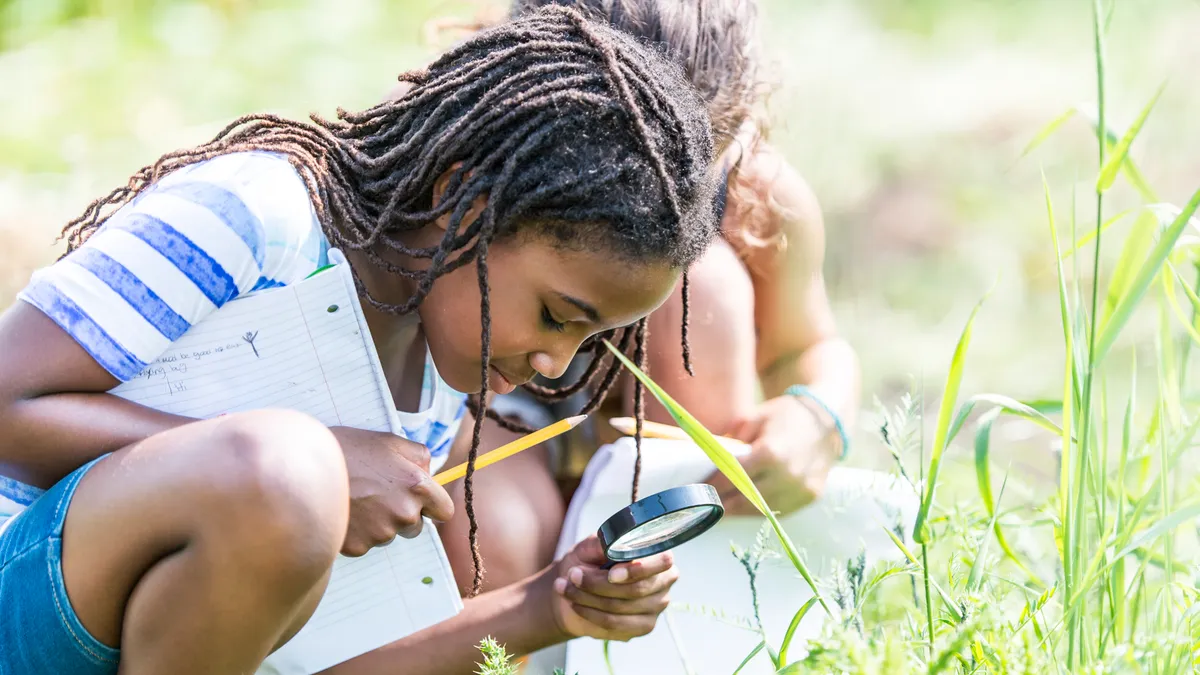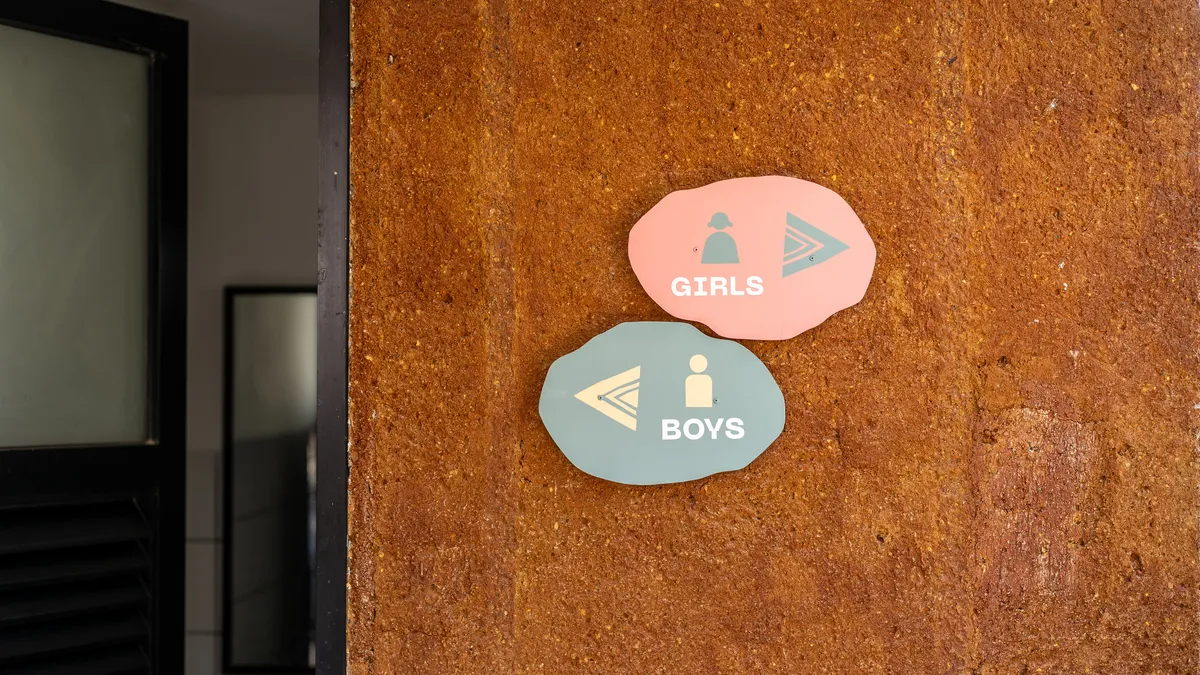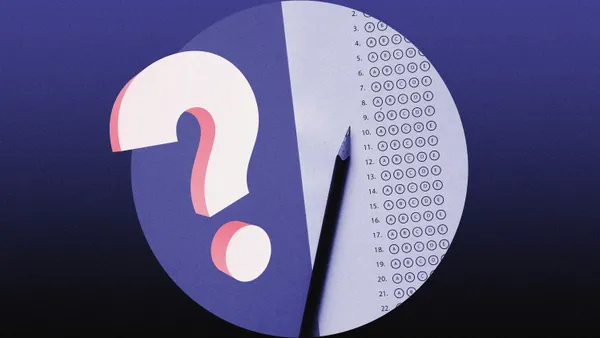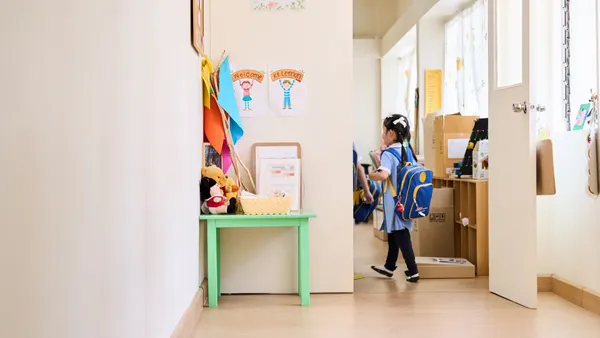Research suggests that incorporating art skills like sketching or movement into science education can help keep students focused and develop critical thinking and problem-solving skills.
“Nowadays, we're competing so much with technology, we have to stay abreast and stay current with the latest trends in art, music, everything, so we can keep our kids engaged and focused,” said Angela Johnson, a former science teacher and the principal of East Marion Elementary School in Mississippi.
East Marion Elementary School is one of 28 art-integrated schools in the Mississippi Whole Schools program, which was developed by the Mississippi Arts Commission to connect schools with expert artists in areas like music, drama, art and painting. Educators are trained across multiple disciplines on how to incorporate the arts in their curricula.
One way East Marion Elementary School incorporates art into science is by having students keep journals where they illustrate the different processes they learn about, like food chains. For instance, one of the activities for kindergartners is leaf rubbing, Johnson said, which involves students going outside and collecting leaves to create imprints by rubbing them with crayons.
Beyond illustration, some science classes at East Marion Elementary School also incorporate performing arts skills to model scientific processes. Johnson said students dramatize the water cycle using nonverbal cues and hand motions to illustrate precipitation, accumulation, condensation and evaporation.
When Johnson first heard about art integration, her main concern as an administrator was whether it would improve test scores, she said. But according to 2024 data from the annual Mississippi Academic Assessment Program, students enrolled in Mississippi Whole Schools consistently outperform their peers at the district and state levels in English language arts, math and science.
“I've learned so much about art integration and the importance of it,” said Johnson. “I thought I was just teaching children how to draw a picture of the water cycle so that I can help them learn that concept, but now we've learned that there is more to it than that.”
Johnson said she’s noticed that incorporating art into science has helped students develop their social skills. She explained that when children are asked to get up and move around, they become comfortable doing so and begin to develop more confidence. Being confident in their understanding of science topics helps build communication skills in children who are otherwise more shy and introverted, Johnson added.
She also emphasized the academic impact of art integration, because it expands teachers’ options for how they approach scientific knowledge.
“We have different learners. Some are auditory, some are kinesthetic, some learn by reading,” Johnson said. “We tap into every learning style when we integrate art into science.”
For educators interested in incorporating more art components into their science courses, Johnson recommends they begin by connecting with art or music teachers in their schools and checking with local and state-level arts commissions or arts councils to see what resources are available.
Johnson also recommends that teachers contact their administrators and advocate for professional development opportunities and workshops on art integration. They could also look into any potential grants that may be available to equip schools with art supplies, she said.














